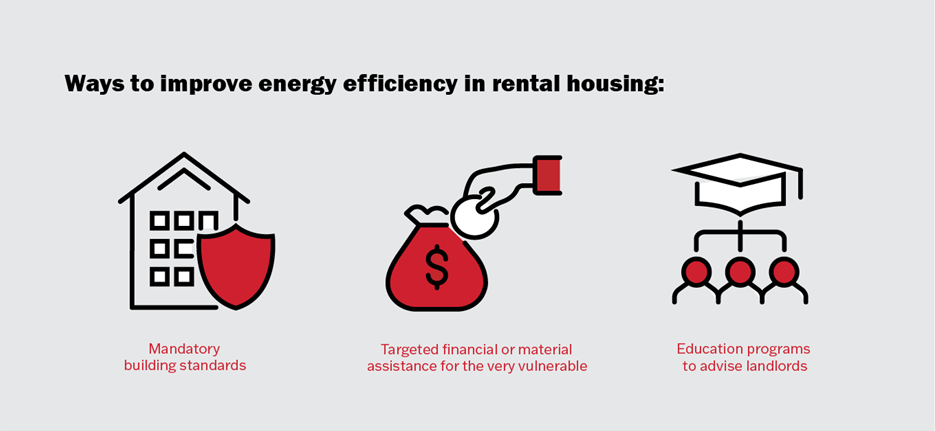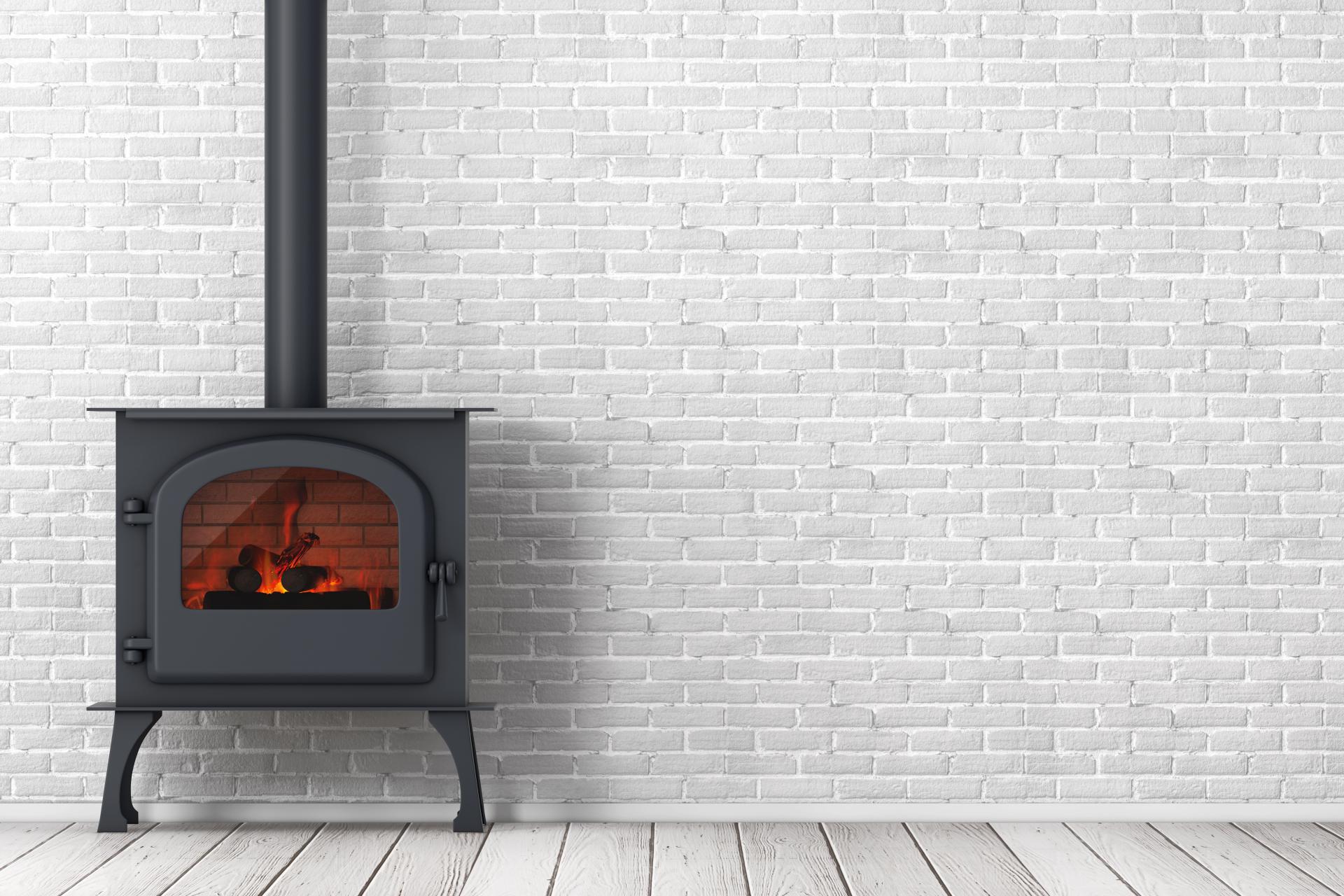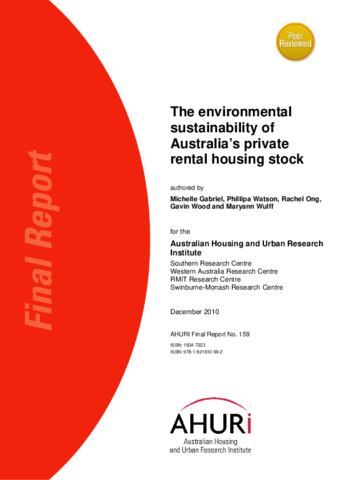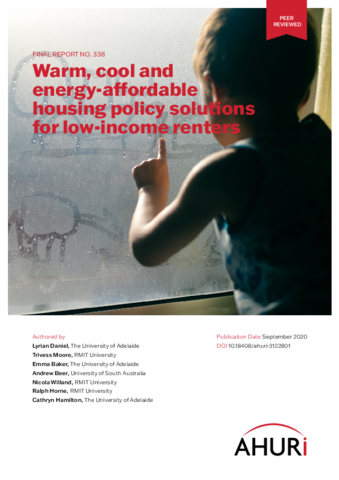With energy costs for home heating and cooling likely to be high for some time, particularly across Australia’s eastern states and territories, improving the thermal characteristics of residential properties (especially rental properties) is of real concern.
For homeowners there are a number of options available to improve the heating and cooling abilities of their dwellings while minimising ongoing energy costs, including: install insulation, install solar panels to power heaters and air conditioners, build or update homes to incorporate passive heating and cooling design features (e.g. site orientation; breeze-capturing window positions; thermal mass heat sinks; well-sealed doors and windows; double glazed windows; wide eaves; light reflecting roof colours etc.) and planting appropriate trees around the dwelling to provide shading.
Tenants of private rental properties have fewer options. They are often reliant on fossil fuel powered gas or electric heaters and electric air conditioners for immediate heating and cooling, The rental properties may lack sufficient insulation, which means the benefits of heated or cooled air is quickly dissipated.

The high costs of fossil fuels may tempt people to install wood burning heaters. Although wood fireplaces have heated people’s homes for thousands of years, the smoke released causes respiratory problems for people including lung cancers and asthma attacks, particularly in built up areas with high concentrations of homes that rely on burning wood for heat. The 2016 Census revealed that around 10 per cent of all homes (900,000 dwellings) relied on burning wood for heating; with other research estimating Australia’s wood-fired heaters cause health costs of around $3,800 per wood heater each year.
To reduce pollution from heaters, guidelines issued by the NSW Department of Planning and Environment permit ‘slow combustion wood burning heaters providing they do not smoke excessively’ and discourages the use of open fireplaces as they are ‘are a major source of air pollution’. In other jurisdictions, local governments have powers to enforce the reduction of smoke emitted by wood burning heaters.
Getting Australia’s rental properties up to a better environmental standard is a unique policy challenge in that, while the landlord is generally responsible for purchasing major energy using or reducing appliances (hot water service, fixed heaters, solar panels etc.), tenants are the ones who pay the recurrent energy bills. This situation, known as the 'split incentive' problem, ‘potentially discourages landlords from investing in the infrastructure required in order to protect private rental tenants, particularly low-income tenants, from rising energy and water costs.’
Nevertheless, AHURI research that consulted with investors suggested there could be options to increasing tax deductibility incentives. Current rates were not seen by investors as sufficiently generous, but they did see some scope for the acceleration of depreciation schedules and the introduction of complementary rebates and measures such as land tax relief.
Similarly, measures that allow landlords to write-off, within the tax system, the cost of upgrades that improve thermal performance (e.g. replacing conventional hot-water systems with heat pumps or installing solar panels) would be a strong incentive for some landlords. Alternatives include introducing Australian Commonwealth, State and Territory grant programs to enable investment in improving building standards.
Better quality rental housing has long-term economic benefits for landlords through ‘potentially higher rental charges, increased occupancy rates and stronger reputations’ while providing improved health and well-being of tenants. However, any rental housing improvement policies and schemes must ensure housing affordability is maintained for low-income tenants.
Although investor landlords are an important part of upgrading Australia’s private rental housing stock, research reveals that solutions and schemes that rely on voluntary participation are not potentially effective or feasible.
AHURI research suggests that ‘mandating higher levels of thermal performance across the rental sector is likely to deliver a population-wide benefit, but is likely to encounter resistance’, however ‘such opposition is largely unjustified, as regulating for a higher level of thermal performance does not erode the market position of any individual builder or operator, and the large-scale adoption of energy-saving technologies will drive down the price of these innovations.’
The problems of upgrading rental housing don’t lie solely with landlords. Research for sustainability retrofit programs found tenants were ‘hesitant to initiate contact with their property manager or landlord as they did not want to be viewed as a ‘troublemaker’ and they did not want to risk a potential rent increase or eviction’. Research participants from the community housing sector proposed that the introduction of minimum rental housing standards is the most effective way to support low-income household tenants.
In reality ‘no single set of policies or governmental actions will be able to meet the challenge of improving energy efficiency in the rental housing stock’ and a portfolio of measures that includes mandatory building standards (particularly for new housing stock); targeted financial for material assistance for very vulnerable households; and independent education programs that advise landlords on emerging sustainable technologies is needed.



